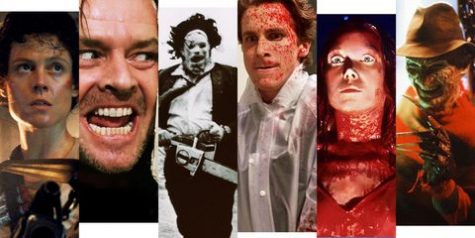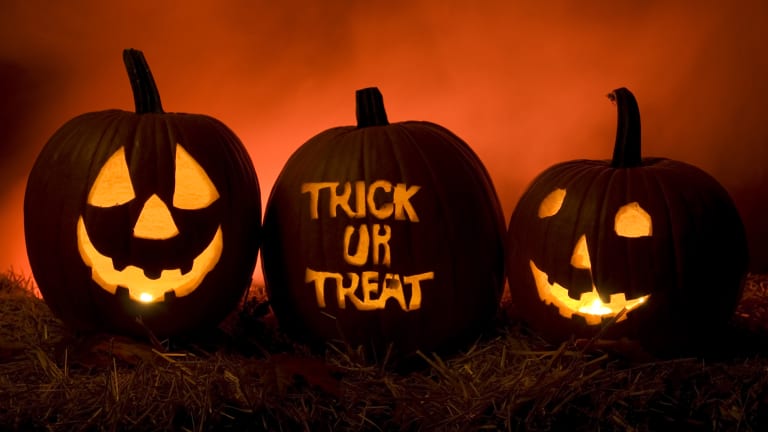How Exactly Did Halloween Start?
November 1, 2019
For being such a well-known and widely celebrated holiday, many people do not actually know the purpose or origin story of Halloween; people all over the world dress up in costume and gift sweet treats to each other on this particular day, but have you ever wondered why?
Halloween started as a simple festival. In Britain and other neighboring parts of Europe, a particular Celtic religion believed that after the summer ended, the spiritual barrier between humans and ghosts became extremely thin. As a result, they created an annual festival called “The Festival of Samhain” that served to ward off ghosts and other spirits. Subsequently, Christian people in Europe joined in and the day became known as All Hallows Eve, which is the day before All Saints Day on the first day of November. Over time, All Hallows Eve evolved into what is now known as Halloween: a day full of activities, candy, pumpkins, parties, and of course, trick-or-treating. Trick-or-treating in America is a tradition that was actually originally borrowed from Europe; Americans would dress up in costumes and go around knocking on doors asking for food and money. Obviously, these days, people don’t go around asking for money anymore, but this simply goes to show how extensive the evolution was that the tradition underwent to eventually become a fun and exciting activity for kids to participate in.

In the eighteen hundreds, people in America wanted to establish Halloween as a real holiday. Families thought it was a fun and creative way to bring communities together. Because people wanted Halloween to be more fun and inviting, many parents were actually asked by local political officials to take anything extremely frightening out of their Halloween celebrations. As October 31st began to become one of the most popular holidays in the world, different methods of celebration began to develop, varying by culture. In the nineteen twenties, town parades and parties began to emerge. Later, in America especially, classic Halloween movies such as Halloween, Scream, Nightmare On Elm Street, and Friday the 13th were produced and became known as staples in American Halloween culture. Other contemporary Halloween traditions, like visiting haunted houses or haunted theme park attractions, began to attract younger crowds and populations.

Since then, celebrating Halloween has become an exponentially more popular activity to partake in. In 2015, there were approximately 41.1 million trick-or-treaters in America. This year, it is estimated that around 172 million people will celebrate Halloween. The total spending from consumers is projected to be nearly 8.8 billion dollars; buying costumes, decorations, and candy being the main source of this revenue. It is clear to see that Halloween has become a staple in major holidays, but it is always interesting to see how it originated and why we still celebrate it today.

